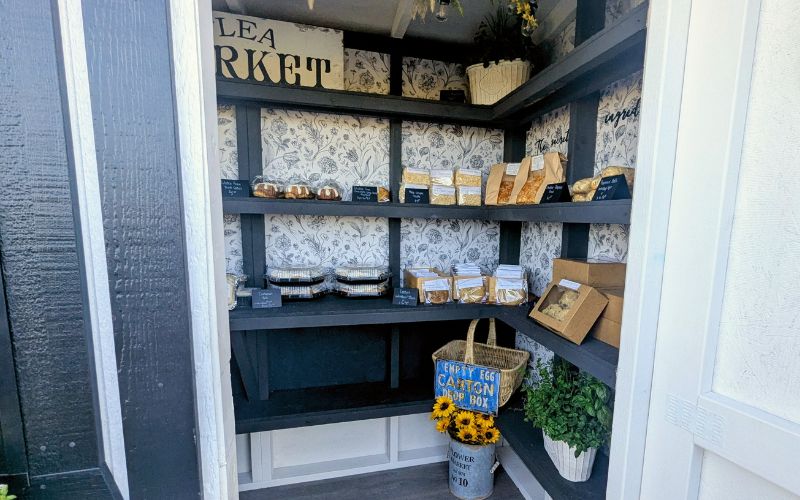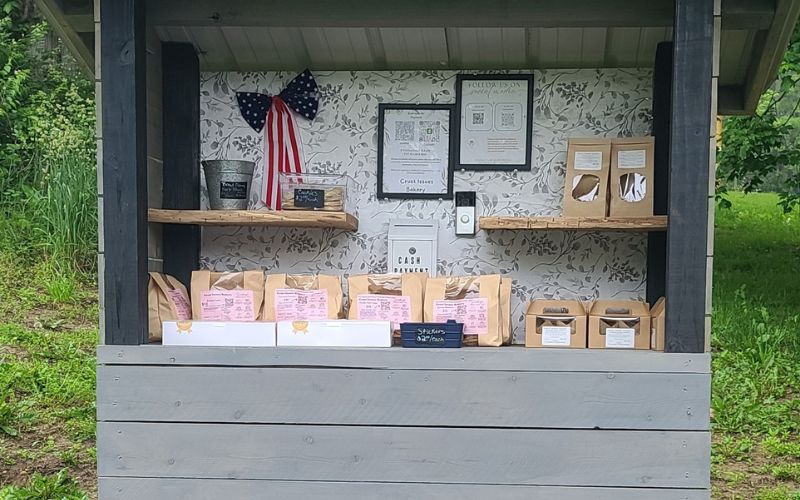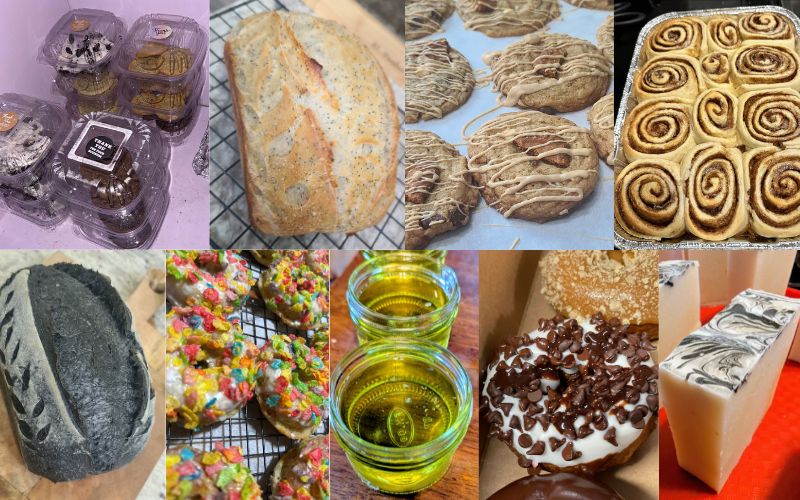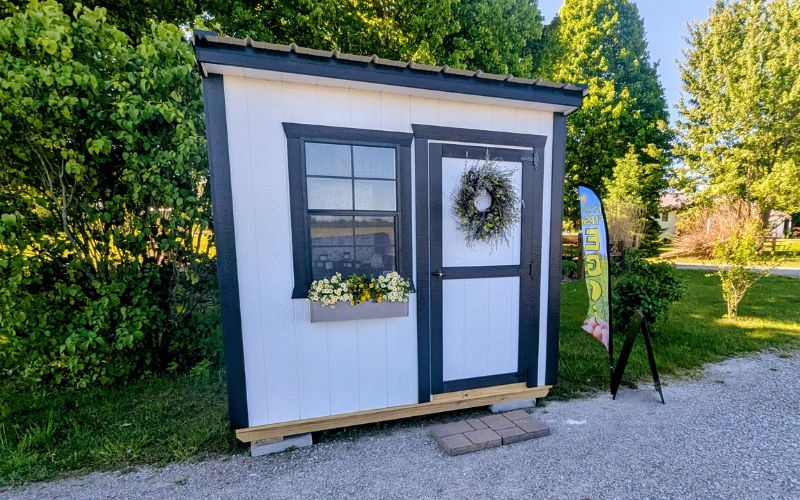Local food isn’t just a trend, it’s a full-on movement.
Across the U.S., shoppers are spending more than ever on fresh, locally sourced food, and Ohio is helping lead the charge.
According to the latest USDA data, sales of local farm products hit $11.8 billion in 2024, up from $8.7 billion the year before.
While a big chunk of that comes through retailers and institutions, about a third still comes straight from farmers to consumers, a game-changer for small farms.
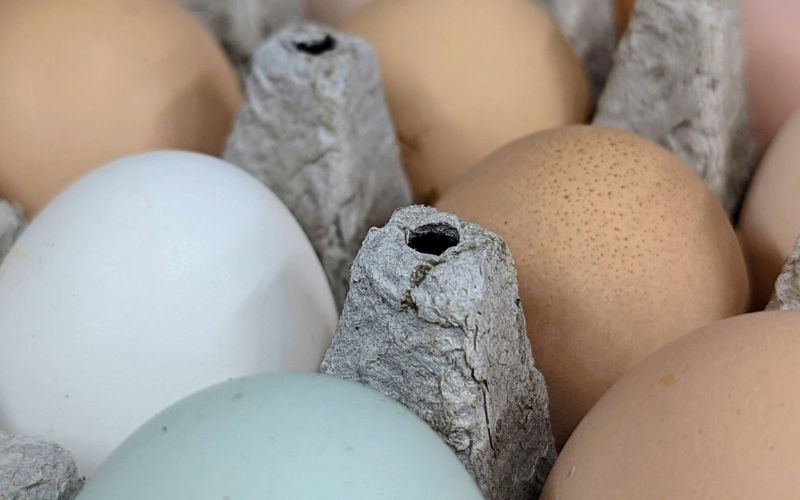
In towns across Ohio, especially in Logan County, roadside farm stands are popping up everywhere, from front lawns to back roads, offering everything from fresh flowers and baked goods to handmade soap, local honey, and produce.
Just take a drive around the county, and you will find more than 10 of these little stands.
Many are self-serve and run on the honor system, with a cash box and a lot of trust.
It’s not just about what’s for sale, it’s about knowing who grew or made it.
According to The Ohio State University, Direct-to-consumer (DTC) food sales took off during the pandemic and haven’t slowed down.
Today, more than 148,000 farms and ranches across the U.S. sell directly to customers, bringing in over $14 billion a year.
That includes everything from fresh veggies to meats, cheeses, wine, and even homemade jams.
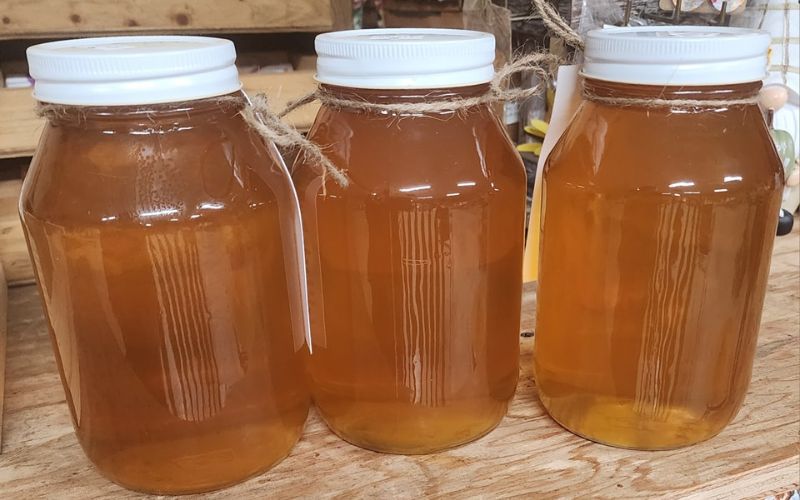
Ohio’s cottage food laws have made it easier than ever for small-scale producers to sell non-refrigerated homemade goods, like cookies, bread, and jam, without needing a commercial kitchen or license.
That’s helped lower the barrier for people who want to turn a recipe into a business.
And it’s not just produce that’s having a moment.
Traditional food services like local butchers, bakers, and dairies are making a comeback, too.
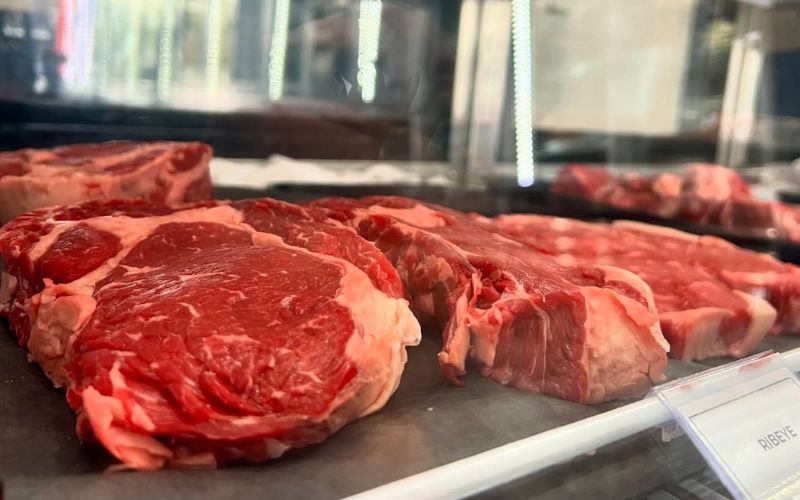
In places like Logan County, you can once again find small businesses offering custom cuts of meat, fresh cheese, and sourdough loaves still warm from the oven.
It’s a return to slow food with real roots—and people are loving it.
Of course, DTC sales aren’t without challenges.
There are still liability and food safety concerns, and many stands stick with simple rules: cash only, don’t squeeze the produce, bring your own bags.
Some sellers skip the stand entirely, connecting with customers via social media and offering pick-up meetups or delivery drop-offs.
It’s a smart way to keep things personal while protecting privacy, and it still offers that face-to-face connection many shoppers crave.
Whether it’s a mason jar of honey from a roadside cooler or a freezer full of grass-fed beef bought straight from the farmer, local food in Ohio is thriving, and helping rebuild a sense of community one sale at a time.
